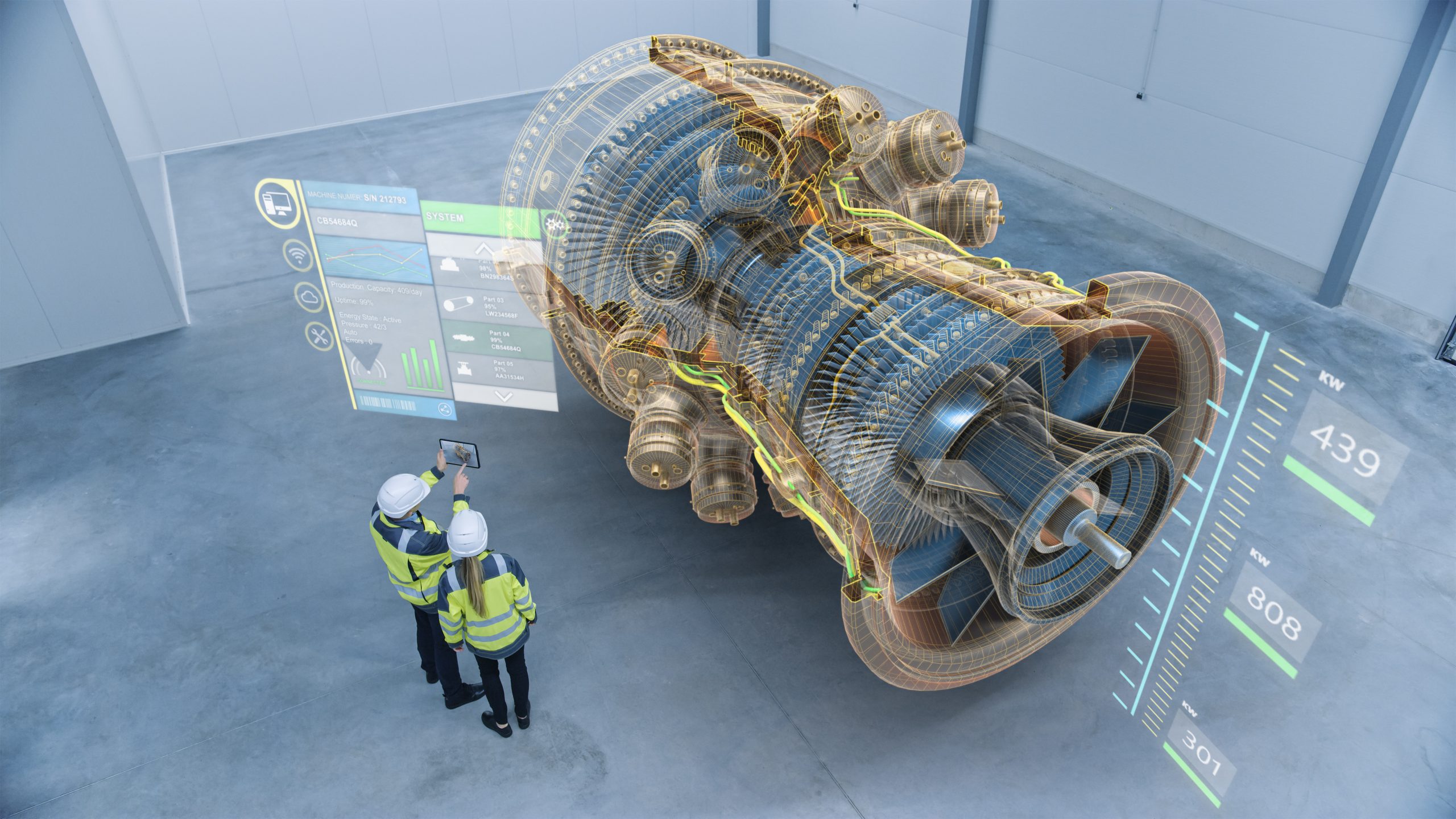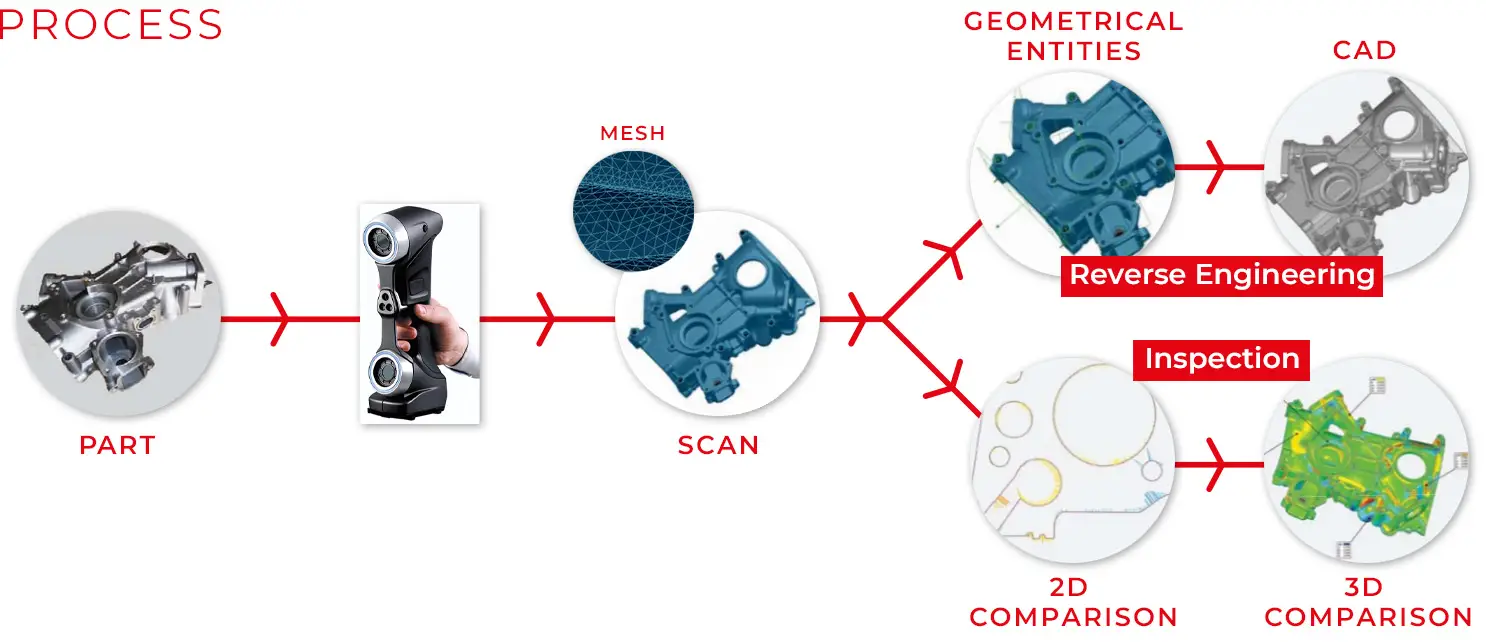Reverse Engineering for Images

Reverse engineering for images refers to the process of extracting information from existing images to create a new or modified image. This technique is a specialized branch of reverse engineering, which focuses on analyzing and understanding the underlying structure and functionality of a system to create a similar or improved version.

In the context of images, reverse engineering involves:

- Extracting image data: This process involves reading and interpreting pixel data, color information, and other image attributes.
- Analyzing image structure: Reverse engineering tools can analyze the layout, composition, and relationships between different elements within an image.
- Identifying underlying technologies: This step aims to determine the software, algorithms, or techniques used to create the original image.
- Creating a new image: Based on the extracted information, reverse engineers can create a new image with the desired modifications or enhancements.
Reverse engineering for images has several practical applications, including:
- Content creation: Generating new or modified images for websites, print materials, or social media.
- Image editing: Enhancing or altering existing images by adjusting lighting, coloration, or composition.
- Intellectual property (IP) protection: Identifying and preventing unauthorized use of copyrighted images.
- Security: Analyzing images for potential threats or vulnerabilities, such as malware or fraud.
Reverse engineering tools for images typically employ advanced image processing techniques, such as edge detection, object recognition, and pattern analysis. These tools enable engineers to extract valuable information from complex images and create customized solutions.
